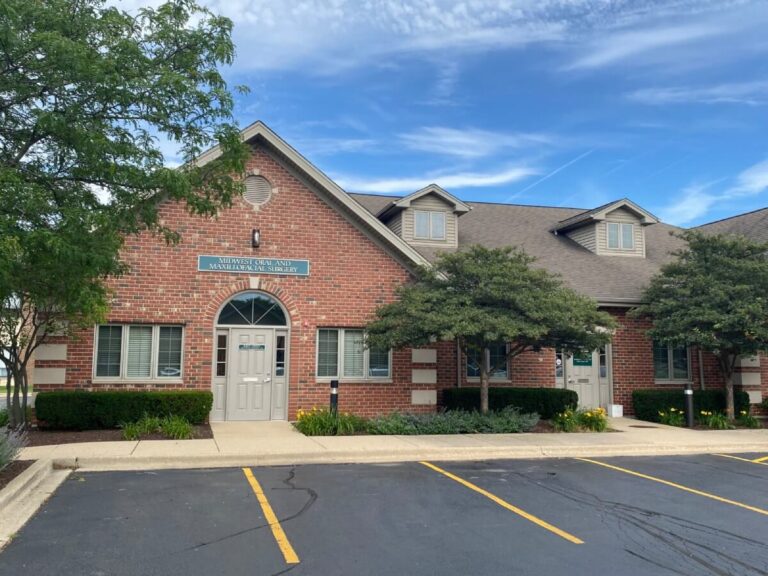- A cost-effective solution. When compared to some other implant-supported restoration methods, your new replacement teeth require fewer implants for each jaw. With fewer implants required, the cost is lowered.
- Reduced need for bone grafting. The special angled placement of two of the implants ensures a secure and stable anchorage for the replaced arch, which may make bone grafting unnecessary.
- Faster treatment and healing time. Your replacement arch can be attached to your implants immediately after insertion.
Implants for Dentures
One solution for missing teeth is full dentures supported by dental implants. This treatment is sometimes referred to as implant-supported overdentures.
Replacing Missing Teeth
Implant-supported overdentures are a popular replacement option for missing teeth since they are secure and comfortable. Unlike traditional dentures that rest on the gums and may shift during eating or speaking, these dentures are retained to titanium posts surgically placed in the jawbone. The implants act as artificial tooth roots, promoting bone health and ensuring a snug fit. The result is a natural-looking smile with enhanced chewing efficiency and speech clarity. Implant-supported dentures are an excellent choice for those looking to restore their confidence and enjoy a more natural dental experience.
Contact Us01.
Implant-Supported Overdenture Procedure
The procedure for getting a dental implant overdenture involves several steps:
- Consultation and Planning: A dentist or oral and maxillofacial surgeon evaluates your oral health and takes 3D scans and X-rays to determine the optimal placement of the implants.
- Implant Placement: Dental implants are surgically placed in the jawbone, and a healing period follows to allow the implants to fuse with the bone.
- Healing Period: The implants typically need 3-6 months to integrate with the jawbone through osseointegration.
- Attachment of Overdenture: Once the implants have healed, the overdenture is custom-made and attached to the implants using special connectors, providing a secure fit.
The result is a stable, comfortable set of dentures that function like natural teeth.
FAQ
-
What are the advantages of implant-supported overdentures?
-
How does a dental implant overdenture differ from traditional dentures?
A dental implant overdenture is secured to dental implants placed in the jawbone, providing greater stability and comfort than traditional dentures, which rest on the gums and may shift or slip. Implant overdentures offer better chewing ability, reduce bone loss by stimulating the jawbone, and eliminate the need for adhesives, while traditional dentures can cause irritation and discomfort due to movement.
-
What if I don’t have enough bone for an implant-supported overdenture?
If you don’t have enough bone for an implant-supported overdenture, bone grafting may be recommended to rebuild the jawbone and create a stable foundation for the implants. This procedure adds bone material to areas where bone loss has occurred, making it possible to support implants securely. After a healing period, your jaw should be ready for the placement of implants and your overdenture.

